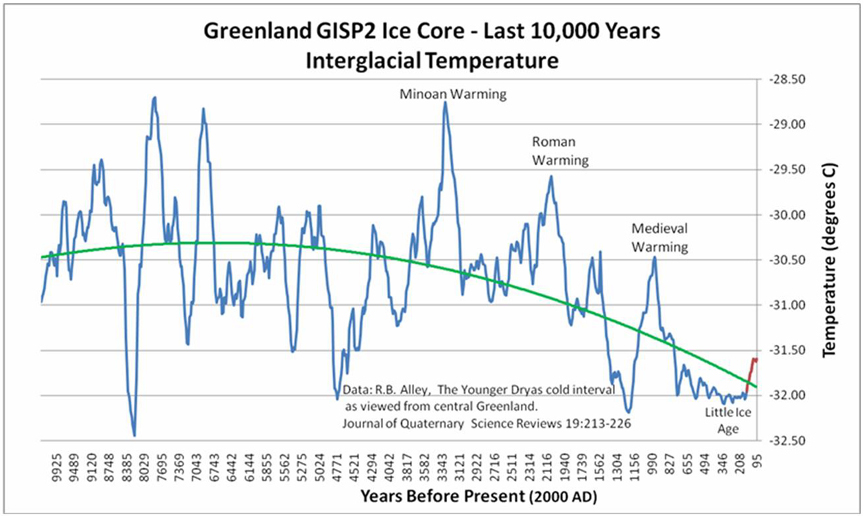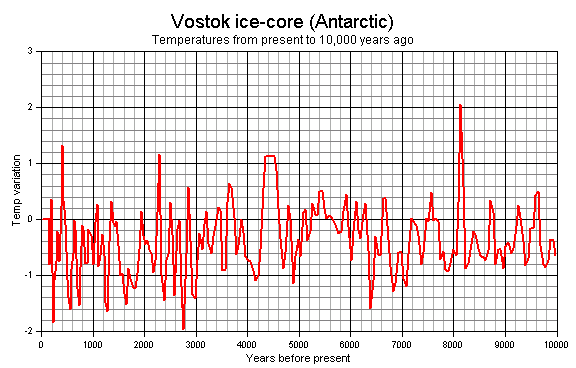Accurate interpretations of past changes in oceanographic and climatic conditions preserved in deep sea sediments directly hinge on our understanding of the present-day factors influencing the climate proxies used to estimate these past conditions. However, numerous investigations have resulted in a widening array of calibrations for these proxies, resulting in questions concerning their accuracy and the reliability of generalizing these calibrations to other regions. In this dissertation, I examine three commonly used temperature proxies: the alkenone unsaturation index (UK'37), planktonic G. bulloides foraminiferal Mg/Ca and delta18O. The proxies have been calibrated using an 11-year time series of sediment trap samples (1994-2004) and sediment core from the Santa Barbara Basin (SBB), and correlated to concurrently measured temperatures in order to determine where in the water column the temperature signal is acquired. Our results indicate that changes in alkenone unsaturation are best correlated with temperatures at the chlorophyll maximum. Linear regression between these two variables yields a significant positive relationship of UK'37 = 0.0287T + 0.116 (R2=0.56; alpha=0.05). Temperatures calculated from our chlorophyll maximum equation are statistically identical (alpha=0.005) to those calculated using the Prahl et al. (1988) UK' 37 equation derived from coccolithophorid culture studies. While the UK'37 ratio in the sediment trap samples clearly records seasonal and interannual temperature variability, the UK' 37 record preserved in Santa Barbara Basin sediments reflects cooler temperatures associated with spring SSTs due to highest alkenone production during this season. The Mg/Ca -- temperature calibration results show strong seasonal and interannual signals in G. bulloides Mg/Ca and delta18O for the 150-250 and 250-300 mum size fractions. Calibration of the Mg/Ca -- temperature relationship for the two size fractions of G. bulloides to temperatures at multiple depth intervals and to delta18O -- calcification temperatures result in linear regressions producing a better fit than the more commonly used exponential regression, with a strong correlation of Mg/Ca to Fall temperatures at the 20 m depth for the 250-300 mum size fraction. These results lead us to define a G. bulloides Mg/Ca -- temperature calibration as Mg/Ca = 0.278T -- 1.26 (R2 = 0.75). Applying other studies' equations to our Mg/Ca dataset, we find that our fall 20 m calibration is statistically identical to measured 20 m water column temperatures, while other equations are significantly different. Results support previous hypotheses that the larger G. bulloides size fractions migrate to deeper depths during summer and fall, and thus the seasonal signal in Mg/Ca ratios may reflect a reproductive/size component to the Mg/Ca temperatures recorded in G. bulloides. This study provides an important verification of the reliability of the alkenone and planktonic foraminiferal Mg/Ca paleotemperature proxies for determining past ocean temperatures. Examining the factors contributing to the variability in these calibration equations allows us to further elucidate and understand the factors affecting the variability of these temperature proxies as they are preserved in deep-sea sediments.

